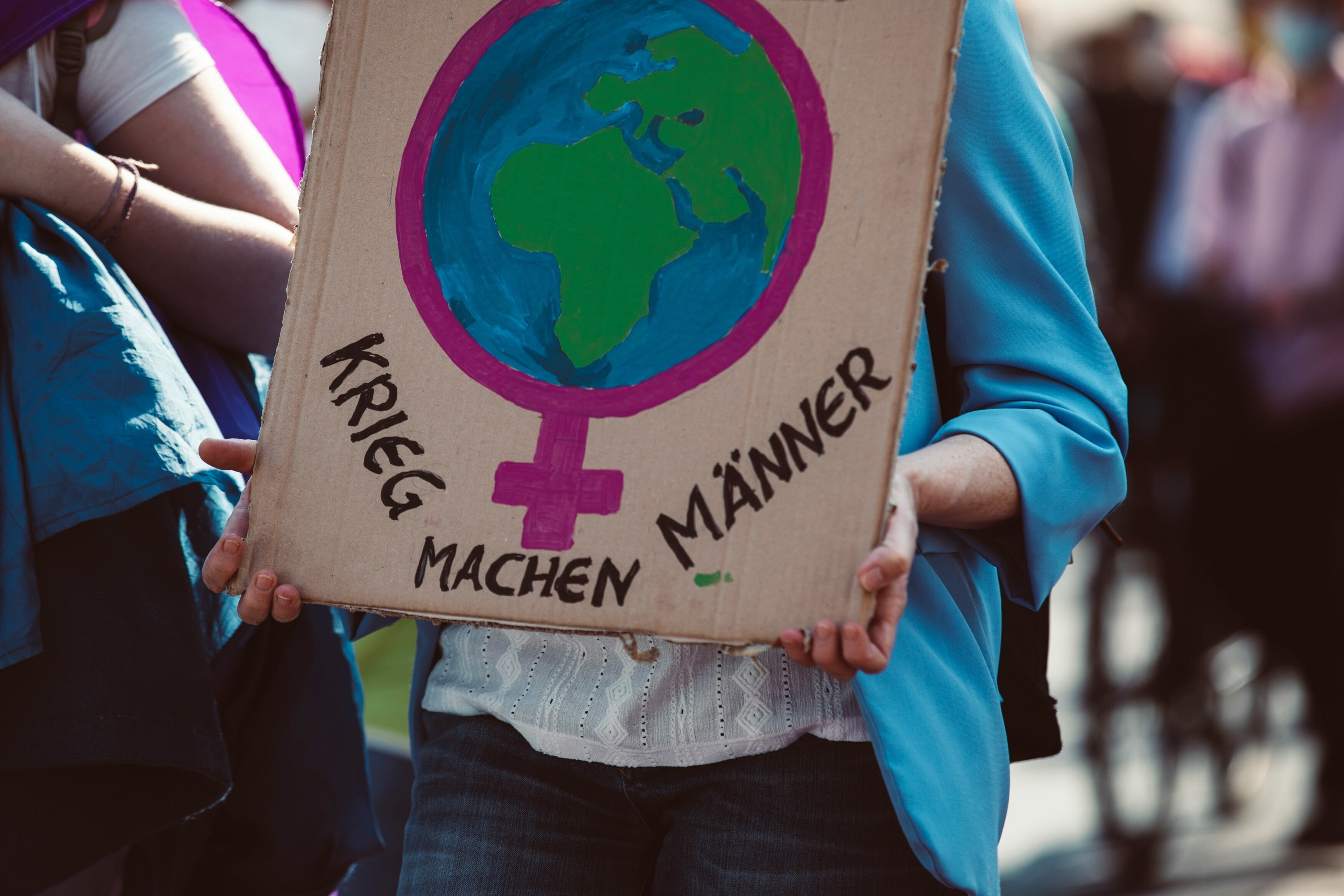What's really stopping women from working abroad?

Image: REUTERS/Yuya Shino
Stay up to date:
Future of Work
More women are in the workforce than ever before according to PwC’s latest analysis; the Women in Work Index. But while women have made substantial gains at work across the OECD, many discrepancies remain – including the presumptions businesses make about women and travel.
Not only are women participating more at higher levels in the workforce, we’re also seeing the impact of the female millennial workforce (defined as the generation born between 1980 and 1995). Millennial women are ambitious, educated and ready to find and take a seat at the boardroom table. This is an unprecedented talent pool for international business, and as any HR leader will tell you, attracting, retaining and developing them is a high priority.

Amongst the key career priorities of millennial women is international experience. Women want opportunities to work internationally on short or long term assignments and they want to have globally mobile careers. In fact their interest is at an unprecedented high, with 71% of female millennials wanting to work abroad during their career.
I can certainly relate to this. In the course of my career, I have worked in both China and the US. This experience lead me to my current role, for which having a global career has been hugely beneficial. Developing a global mindset taught me a lot about what kind of success I wanted in life. In today’s digital economy, it feels that there are fewer boundaries, and having an international outlook is increasingly important.
Global business relies on international experience and markets for growth. For many years, businesses have traded experiences and skills internally through secondment programmes or international teams on short term assignments.
So why are only 20% of the current internationally mobile population women?
Recent research by PwC on women and global mobility, Moving women with purpose, has shown a worrying disconnect between businesses’ ambitions for growth, their international expansion and their aspirations for a diverse pipeline of future leaders. Despite the high number of businesses who have proactive diversity strategies to develop their future leaders, only 22% told us they had linked their mobility and diversity strategies. A further disconnect emerged between employees’ appetite to travel and their employers awareness of this, with only one quarter of businesses with international global mobility programmes saying they had a real time understanding of whether their workforce was willing or prepared to travel.
This is a critical issue reinforcing the need for alignment between mobility and diversity. Many women feel the burden of misconceptions leading them to be overlooked for opportunities, because it is assumed that women with children will not want to work abroad. In fact, nearly the same number (40%) of women and men with children wanted to work overseas. Women are 19% less likely than their male peers to believe that men and women have equal opportunity to undertake international assignments with their employer. Sixty-five percent of them say they would like opportunities to be made more transparent.
There’s no denying the fact that gender balance in organisations and in leadership make for better business environments and decisions. It’s one of the main reasons we’re supporting initiatives like the United Nations HeForShe initiative.
For balance to be achieved, we need to use every tool available, and listening to our people is the most powerful one we have. When we spoke to women leaders in PwC about their experiences, they consistently cite mobility experience as one of their top three development milestones. For the past six years, at least 44% of our long-term assignments below manager level have consistently been female, representing over 1,317 women deploying to and from 95 countries.
Our survey exposes a stark disconnect between the international experience businesses are crying out for and the development of the next generation of business women and leaders. Using real-time people data, surveying and talking to your workforce, targeting women in the leadership pipeline and including them in all international experience opportunities, are ways to tackle the disconnect between aspiration and reality in strategies for diversity and mobility.
We've come a long way on the journey from aspiration to action on diversity and inclusion both in the workforce and wider society. But we haven’t yet reached our destination. If you’re an international business with ambitions for global growth, it’s time to think about whether your travel plans match your business plans.
For more Human Capital insights follow Nora: @norawu_
Don't miss any update on this topic
Create a free account and access your personalized content collection with our latest publications and analyses.
License and Republishing
World Economic Forum articles may be republished in accordance with the Creative Commons Attribution-NonCommercial-NoDerivatives 4.0 International Public License, and in accordance with our Terms of Use.
The views expressed in this article are those of the author alone and not the World Economic Forum.
Forum Stories newsletter
Bringing you weekly curated insights and analysis on the global issues that matter.
More on Equity, Diversity and InclusionSee all
Marielle Anzelone and Georgia Silvera Seamans
October 31, 2025
Alex Fergnani
October 14, 2025
Puja Raghavan and Ana Peruci Pansani
October 13, 2025
Xu Qinyi
October 10, 2025
Joan-Paula Bor and Kathleen Schmeler
October 6, 2025




